***This article originally appeared in the December ’22 issue of Animation Magazine (No. 325)***
With so many representation firsts from the last decade, including Doc McStuffins, Pablo, The Proud Family: Louder and Prouder, Spirit Rangers and Molly of Denali, animation still has a long way to go before inclusion becomes the norm rather than a novelty. If you’re one of the increasing numbers of creators seeking to uplift diverse talent and bolster authenticity in storytelling, who should you talk to? What practices are effective? Let’s ask the experts!
“The first thing is to set an intention,” says Ellen Doherty, chief creative officer at Fred Rogers Productions (FRP) and executive producer on Alma’s Way. “Make sure, as you bring people on, that they share the same view that you do. On Alma’s Way, which is set in the Bronx and about a Puerto Rican family, it’s a very diverse place — and the world of the show, both behind the scenes and on screen, needed to reflect that, needed to feel that. It needed to be authentic.”
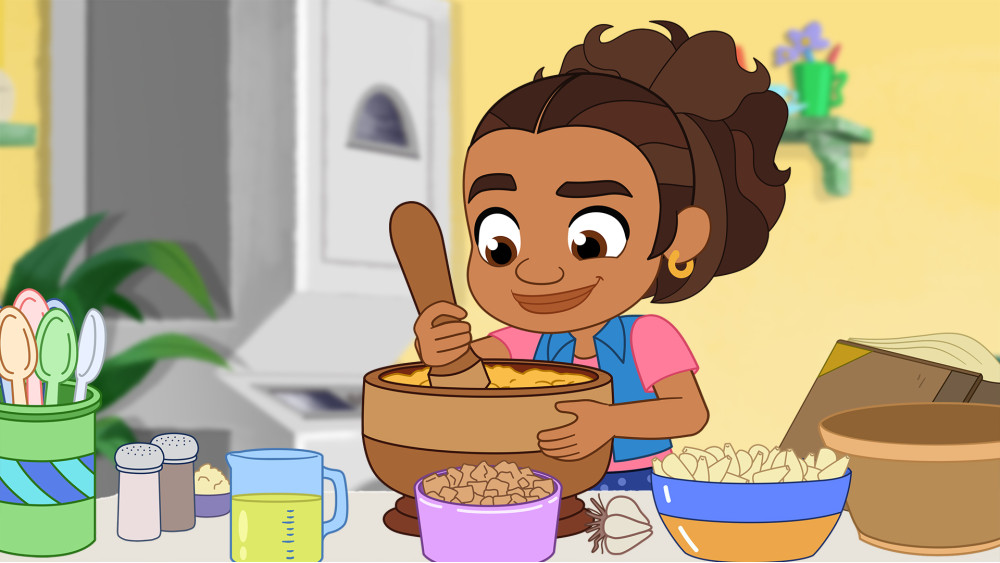
“Before Molly, the standard approach to creating content like Molly was to hire a single advisor who would come in, usually late in the process,” explains Dorothea Gillim, executive producer of Molly of Denali. “We wanted to move beyond that, to true collaboration, which means sort of starting off from the get-go partnering with, in this case, Alaska Natives to create the content. And we recognized that in order to do that right we had to incorporate Alaska Native voices into every aspect of production.”
“It all depends on who is in the room, who gets to speak in the room and who leads the room,” says Ted Nitschke, creative executive, branded content at Moonbug Entertainment, the company behind CoComelon. “When those roles are filled by people from unrepresented or underrepresented backgrounds, we will see stories that are more specific and exciting.”

Viewers are also eager for content that bridges understanding, stories about experiences that are different from their own, explains Eryk Casemiro, executive VP of global series content at Nickelodeon Animation. “I’m fully Portuguese and I grew up in a predominantly white community in the south of Boston, and the word for grandparent is avó and avô in Portuguese, but I’d say that to friends and they’d give me this look like, ‘What is that?’ And I remember thinking, ‘Wow, I feel like such an outsider.’ But the fact is that if it were out there it wouldn’t have been such a mystery, you know, and all those things about culture. I love that Josh on Blue’s Clues & You! is Filipino-American and he’s brought in his term for a grandmother, lola, and he’s talked about Filipino food.”
For Yatibaey Evans, creative producer of Molly of Denali, featuring strong, adventurous girls and women represents cultural authenticity. “Here in the interior in different Athabascan tribes we are a matrilineal system, and so we follow the mother’s side of the family to trace our lineage, and so it’s often the matriarch of the family that sets the tone and ways for each family and tribe.”
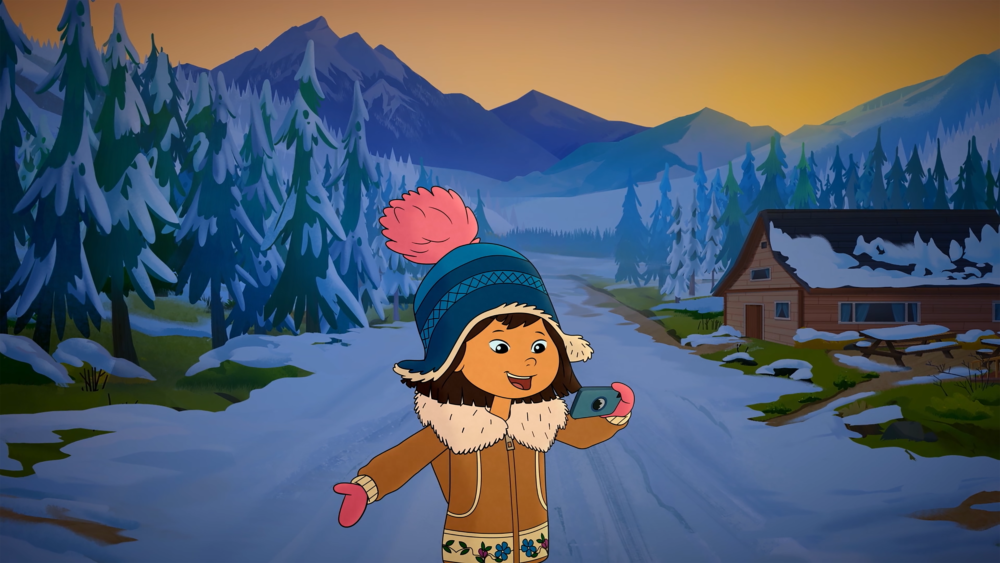
Be Prepared to Innovate
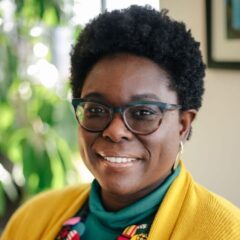
“Inclusion and equity is not fast work. It takes a lot of time. It takes a lot of effort, a lot of people power and money. So, plan your production based on that,” says Olubunmi Mia Olufemi, supervising producer on Alma’s Way. “Summer Rose Castillo, who plays Alma, is a first time actor. We would not have found her if we had decided to go with an established actress, but we knew that we wanted somebody who really sounded authentic, who could be from the Bronx, and Summer is Puerto Rican and from the Bronx. And it took months and months and months to find her.”
Remote workflows and talent development initiatives such as Nickelodeon’s Content Accelerator Program, Intergalactic Shorts Program and annual Writing and Artist Programs have also made strides in DEI.
“In some ways, the pandemic made pitching more available to creators because it was Zoom,” says Casemiro. “You didn’t have to be in Los Angeles and New York. So, if there’s a silver lining to a pandemic, that was one interesting thing, where we started to get pitches from the middle of the country. We got this one hilarious pitch about a kid, an Iranian boy who moved to America as a young boy, in middle America, and was a total fish out of water. And we would have never gotten that story because he doesn’t live in Los Angeles.”

Listen and Ask Questions
“It was really important to [Sonia Manzano, creator of Alma’s Way] and to FRP that kids have a character with a visible representation of a disability,” Olufemi explains. “We did a lot of work on Eddie to start. Mary Louise Russell, our medical advisor, reads every script and looks at all the animation for Eddie, all the animatics. And then we realized, too, that we could benefit from talking to kids with [cerebral palsy] and their families. We also worked with a young teen who has the same diagnosis as Eddie does and we had him go up stairs — like, ‘How do you sit down?’ ‘How would you run?’ We have an episode where Eddie is playing soccer, and so to run he’s really supporting himself on his crutches with his upper body strength, and that’s like a very rolling shoulder move. So, that was quite a challenge for our animators, but we really wanted to make sure that we got it right.”
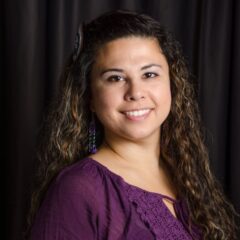
Setting the pace as the first nationally distributed children’s series in the United States with a Native protagonist, Evans describes covering delicate but important issues like climate change, boarding schools and discrimination. “How do you take that very intense experience at the time and boil it down to 11 minutes for children who are preschool age? Well, it takes careful consideration and conversation with our writers and our head writer, the advisors. We also brought in a professor, chair of social work from the University of Alaska, Fairbanks, LaVerne Demientieff, who helped us navigate the social-emotional impacts that sharing a story like [civil rights activist] Elizabeth Peratrovich in ‘Molly & Elizabeth’ would bring.”
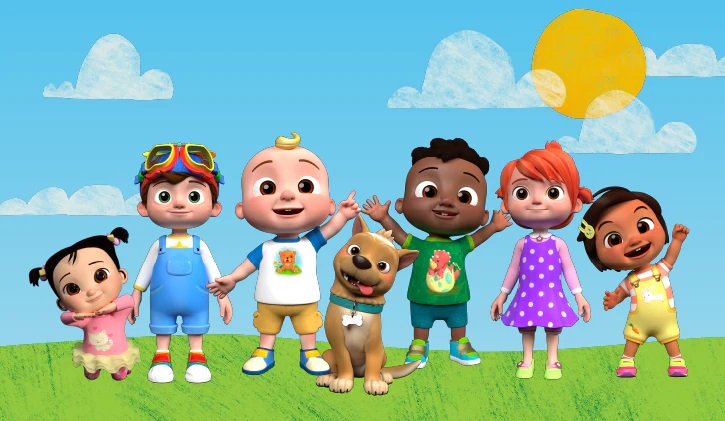
Make Your Writers’ Room a Safe Space
“It is very important to me that the freelance writers who work on my projects feel heard and understood once they start writing,” says Nitschke. “It is also important to me to hire writers who are starting out in their careers or have not had the freedom to express themselves fully in their writing.”
“As creatives, as producers, we’re making hundreds of choices every day,” says Doherty. “And with your choices, are you including or are you excluding? Are you making these choices from a place of knowledge, that it’s your lived experience and you can speak to that? Is it something where you’re telling a story about something that isn’t something that you know about? Are you bringing in people or are there people on the team who can speak to that?”
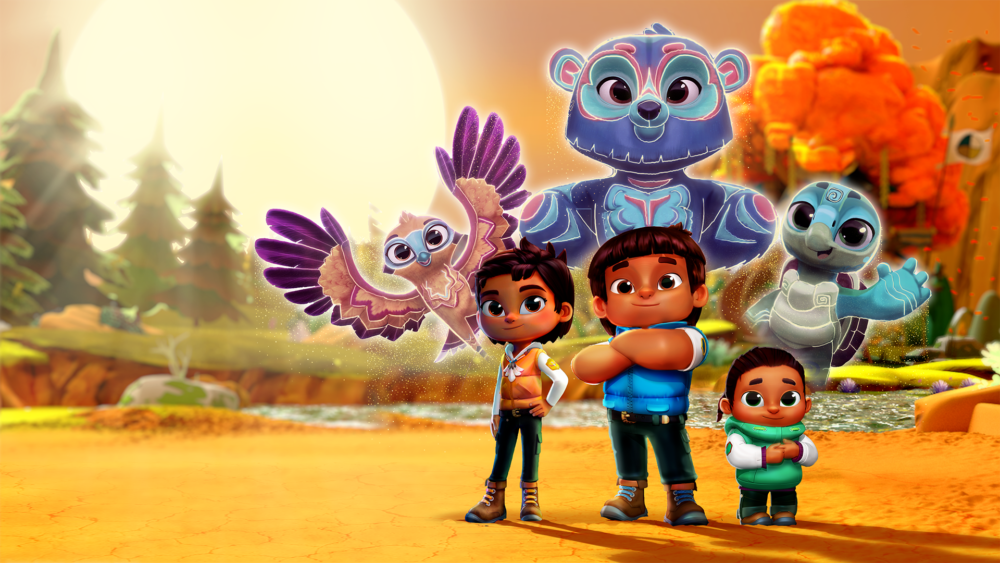
“Almost every story that I’ve ever seen created in a writers’ room was born from some personal story, and so you have to be vulnerable and, by default, make it feel safe to share those stories where great story nuggets come from,” says Casemiro. “So, it’s both diversity as well as sensibility. It’s just, it’s the right thing to do in a writers’ room.”
Hilary Van Hoose is a Los Angeles-based screenwriter (TeamTO, Nickelodeon) and journalist and 2021 RespectAbility Lab Fellow.
Eryk Casemiro and Spirit Rangers creator Karissa Valencia are two of the featured speakers at this week’s World Animation Summit in N. Hollywood.



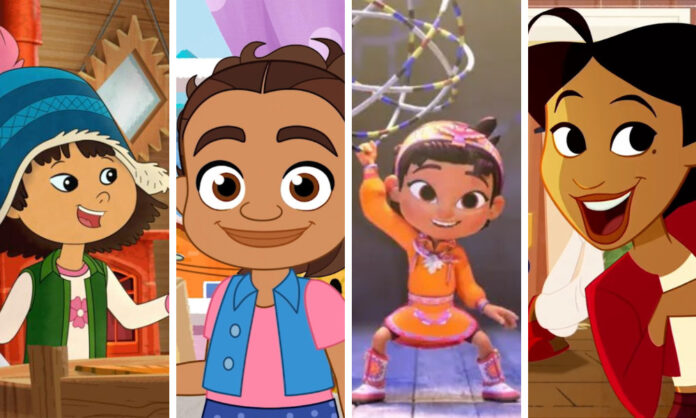

 Win a Funko X Lilo & Stitch Prize Pack!
Win a Funko X Lilo & Stitch Prize Pack!

